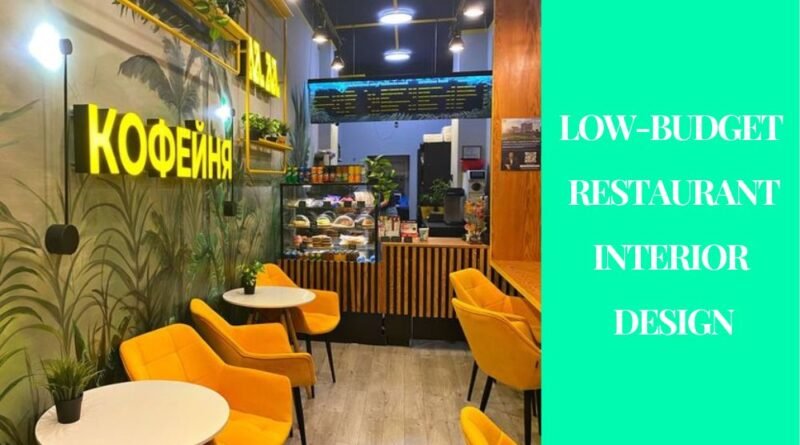10 Low Budget Restaurant Interior Design Ideas for Small Budgets
Are you searching for Low Budget Restaurant Interior Design that can further enhance your establishment’s appeal without significant investment? The design process itself requires careful planning to achieve maximum impact with minimal resources. As per the requirement, you need to know the details regarding this matter here. We are seeing that people are not going to restaurants only for food.
They are visiting for other reasons also. They want good food and further seek a pleasant experience itself. As per this blog, you will get excellent low budget interior design ideas regarding restaurant decoration. These ideas can improve your restaurant’s popularity and reputation. If you think interior design services will be too costly for your restaurant, this does not need to happen – we are seeing that you can only take advantage of these services to change your restaurant properly.
Table of Contents
Low Budget Restaurant Interior Design
1. Use Affordable Yet Stunning Lighting
We are seeing that lighting setup is only one part of restaurant design, but it plays a very important role in creating the right mood for customers. Restaurant lighting design is actually one of the most important parts of modern restaurant interiors. It is definitely understated but plays a crucial role in creating the right atmosphere.
We are seeing that this one factor only can decide if your restaurant business will become successful or not. You can surely spend money on many visual tricks, but poor lighting will make everything look flat and boring. Moreover, good lighting is more important than expensive visual effects for creating quality results. Surely, proper lighting can transform even the simplest restaurant into an attractive and interesting space. Moreover, the right lighting setup makes minimalistic dining areas more engaging for customers.
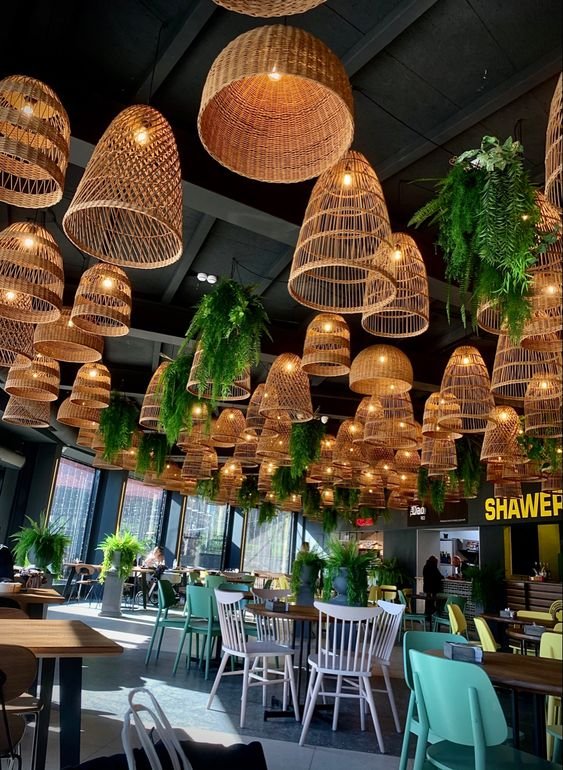
2. Try Alternative Furniture Ideas
The furniture you buy actually makes a big difference in creating the right feel for your restaurant. You definitely do not need to spend a lot of money to get good furniture. These days, we are seeing many options to make your old furniture more beautiful, and you can also create playful furniture pieces using only simple DIY methods and tricks.
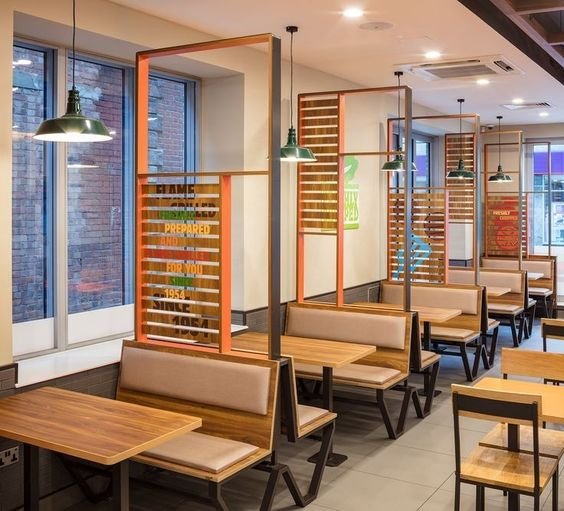
3. Go for Local Art
If you actually want more than a simple design for your restaurant, this low-cost idea will definitely give you the amazing look you want. You should actually use social media to find and connect with artists in your area. This method definitely helps you build relationships with local creative people quickly. Instagram is surely the most effective platform to focus on, as most artists showcase their work on this image-based site.
Moreover, this platform allows easy access to visual content that artists regularly share. We are seeing that researchers should only search for wall art creators who are not having much popularity in mainstream circles. Basically, find an artist who has good design style and typography, then contact the same person. You can actually find artists within your budget on platforms like Fiverr. These sites definitely offer affordable creative services for your projects.
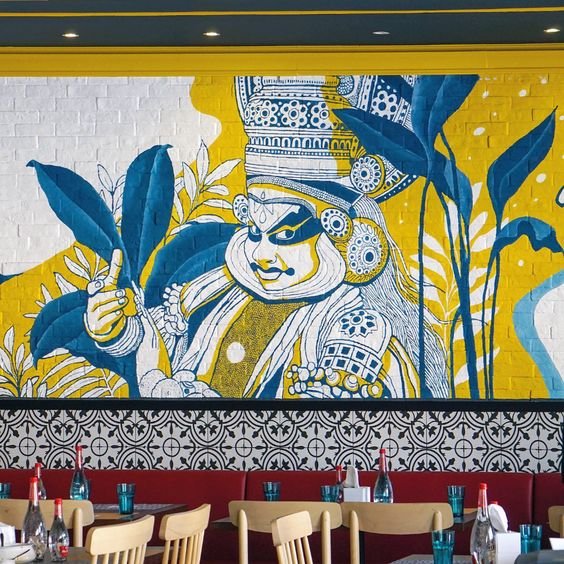
4. Tempt With The Scents
Social media shows many food-service interior design ideas, but the restaurant smell itself plays an important role in design success. Further, this smell factor determines how well the interior design actually works. As per research studies, guests will remember smells 100 times more than other things. Regarding memory retention, odors create the strongest impact on visitors. An open kitchen design helps advertise food smells, but the renovation itself is expensive and requires closing the restaurant for months. Further, this renewal needs significant investment and planning. Custom Scents can actually help you fill your restaurant with delicious smells that make customers hungry. These special fragrances will definitely create mouthwatering aromas throughout your dining space.
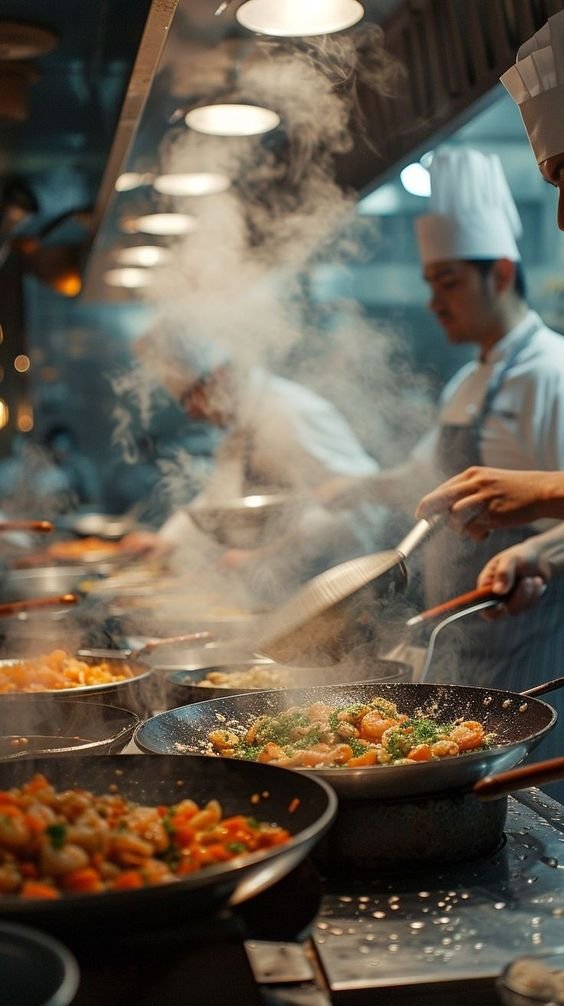
5. Bring In More Indoor Plants
Indoor plants are surely the most cost-effective decoration option for restaurants. Moreover, they provide an excellent solution for budget-conscious establishment owners. Indoor plants are popular in homes and have further become trendy in hotels and restaurants. The trend itself has spread across different spaces. We are seeing that popular restaurants in your area are only adding indoor plants to make their places feel more natural. As per nursery options, the cheapest plant can be hung in the restaurant entrance area and will look nice. Regarding decoration, this simple method gives good results. As per decoration requirements, you can purchase hanging plants and place them in multiple prominent locations regarding better visual appeal.
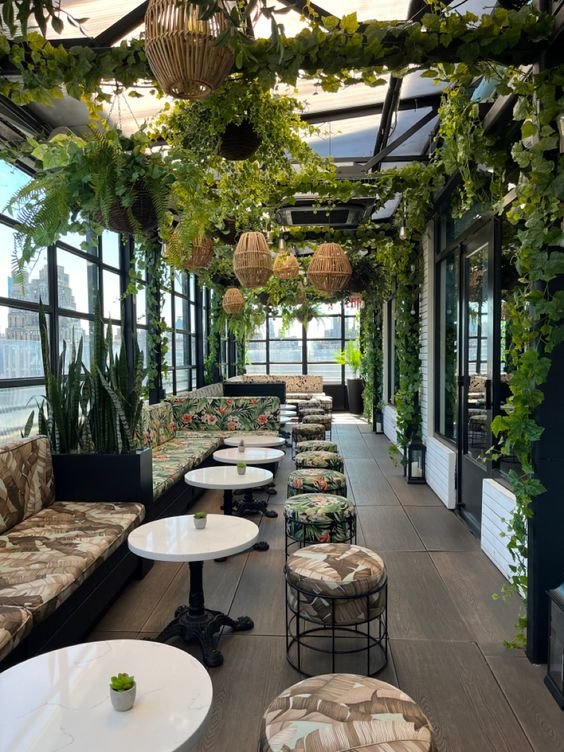
6. Make Use Of Chalkboards
We are seeing that chalkboards are not new for restaurant decoration, but they are still only one of the best cheap ways to make restaurants look good. If you love art, you can surely decorate your chalkboards with calligraphy and write the daily deals on them. Moreover, this simple method makes your display both beautiful and useful for business purposes. This styling approach makes restaurants look inspirational and further provides a unique budget-friendly solution. The method itself offers distinctive design possibilities for restaurant owners.
Also, you can actually attract more customers to your restaurant by writing an attractive phrase on the chalkboard. This method will definitely bring more people to eat at your place. As per availability, chalkboards can be found in almost all stationery shops, which gives an extra benefit. This makes them very easy to buy regarding school and office needs. You can surely create unique designs and patterns to beautify your restaurant. Moreover, these distinctive elements will enhance the overall visual appeal of your dining space. As per restaurant standards, it makes your establishment look more sophisticated and impressive regarding customer perception.
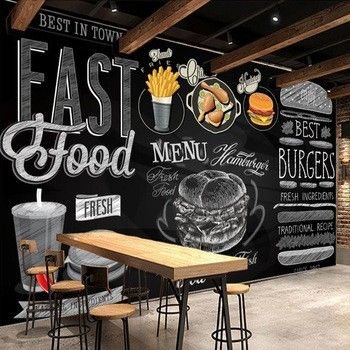
7. Adopt Unique Seating arrangements
Basically, changing your seating setup is the same effective way to make your restaurant create a strong lasting impression on customers. Good seating is further an important part of restaurant interior design itself. We are seeing that the main goal is only to make customers as happy as we can. To actually stand out, you definitely need to create a simple look that changes your space and makes customers feel comfortable.
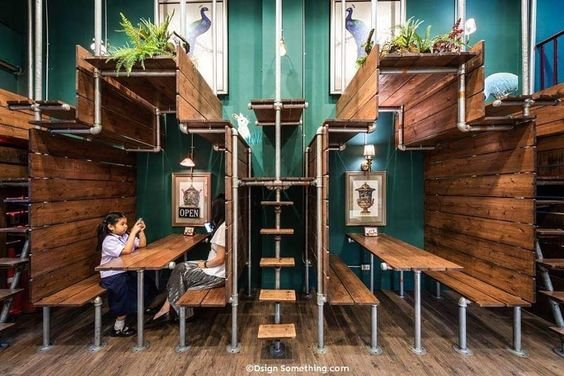
8. Choose a Simple And Unique Theme
Designing your restaurant with a simple, unique theme is surely not just about looks — it is also a practical choice. Moreover, this approach helps your restaurant build its own identity and might even reduce your costs. For example, a single painting can surely give your room a unique beauty. Moreover, such design pieces create a special look that makes the space different. Moreover, basically supporting the same things from furniture design to wall colors. Basically, if your restaurant is in the city center with fancy offices around, use old wood and farm equipment to create the same rustic feeling throughout your space.
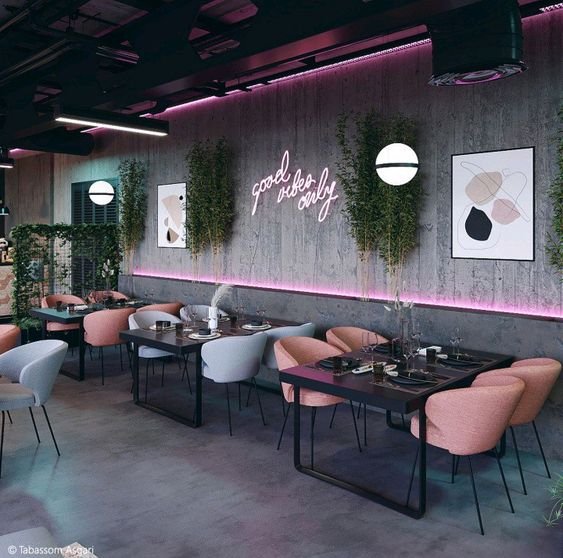
9. Single Out Your Ceiling
Basically, the ceiling covers a large area of your room, so you should include it in the same design plan. This change is surely inexpensive and simple, providing instant improvement to your restaurant. Moreover, it offers immediate results without requiring complex procedures. Peel-and-stick tiles can further give your ceiling a more elegant appearance without high costs. This method itself provides a budget-friendly solution for home improvement. Further, since the tiles are positioned at a considerable height, observers will surely be unable to detect their artificial nature. Moreover, this elevated placement effectively conceals any imperfections in the imitation materials. We are seeing murals and paintings as trending ceiling decor ideas only to make your ceiling space more beautiful.
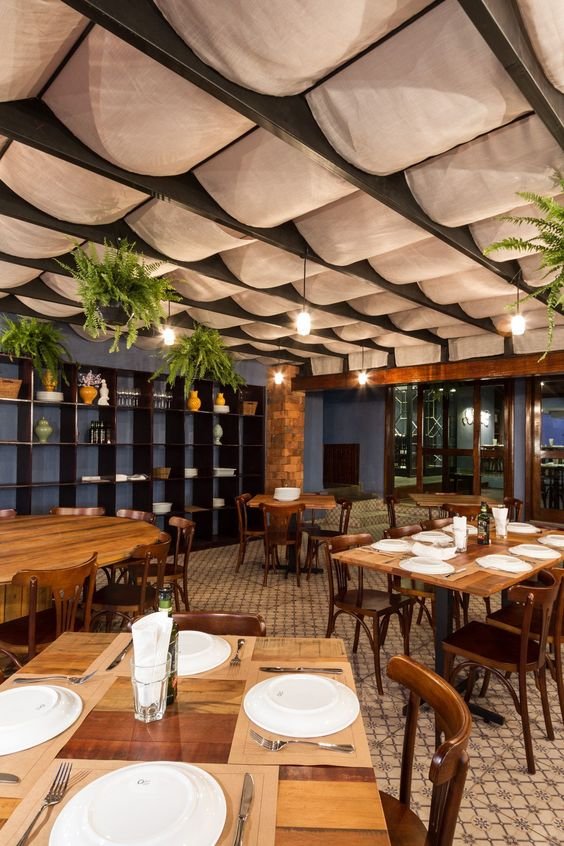
10. Try Open Kitchens
We are seeing many restaurants opening their kitchens so customers can watch the cooking. These places have only open floor plans where everything is visible. This is how we are seeing the business earning customer trust and showing only honest practices. In an open kitchen, diners can actually see how their food is prepared, and this process definitely entertains them while making them feel part of the cooking experience. If the kitchen opens onto the dining area, noise from cooking activities will surely disturb people eating. Moreover, food smells and kitchen sounds create an unpleasant dining experience.
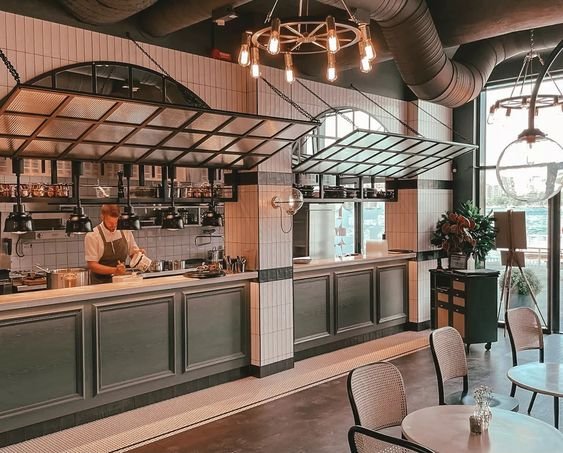
Read Next

